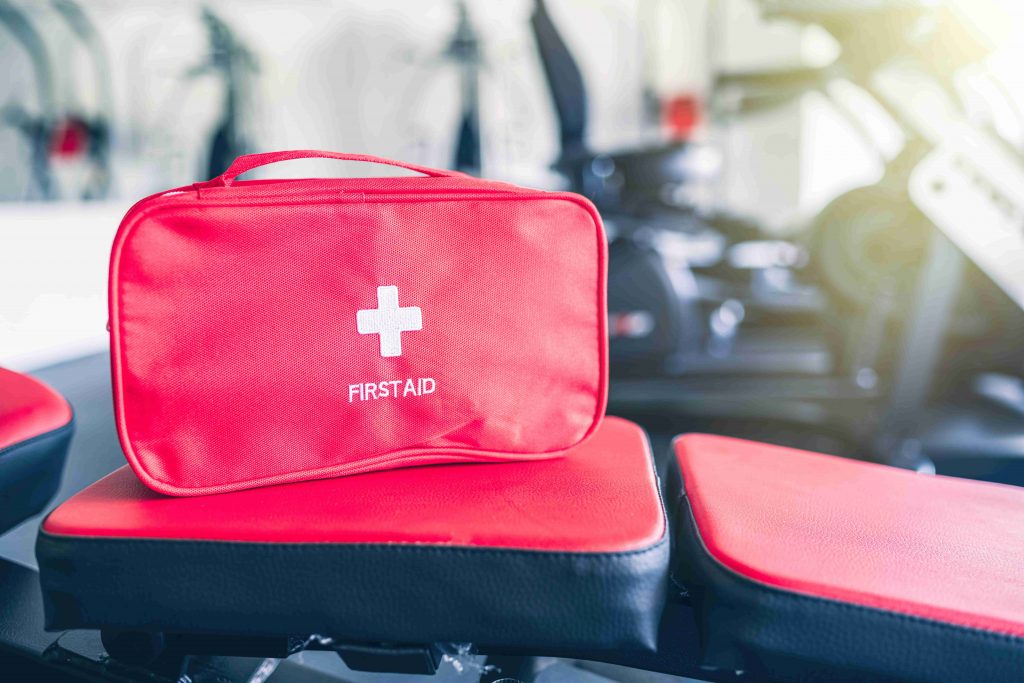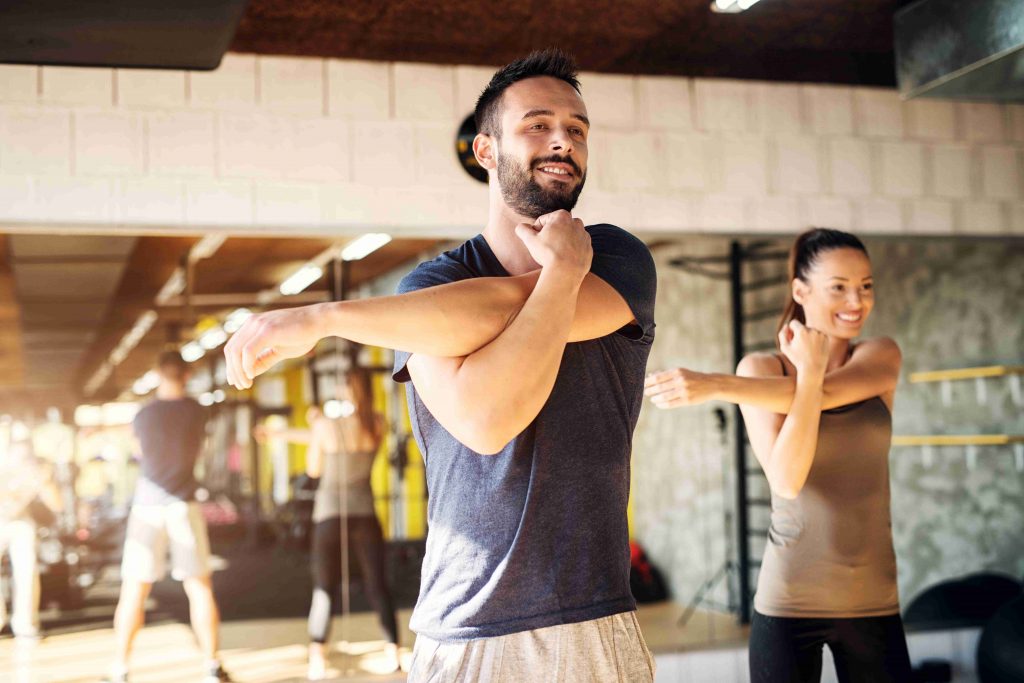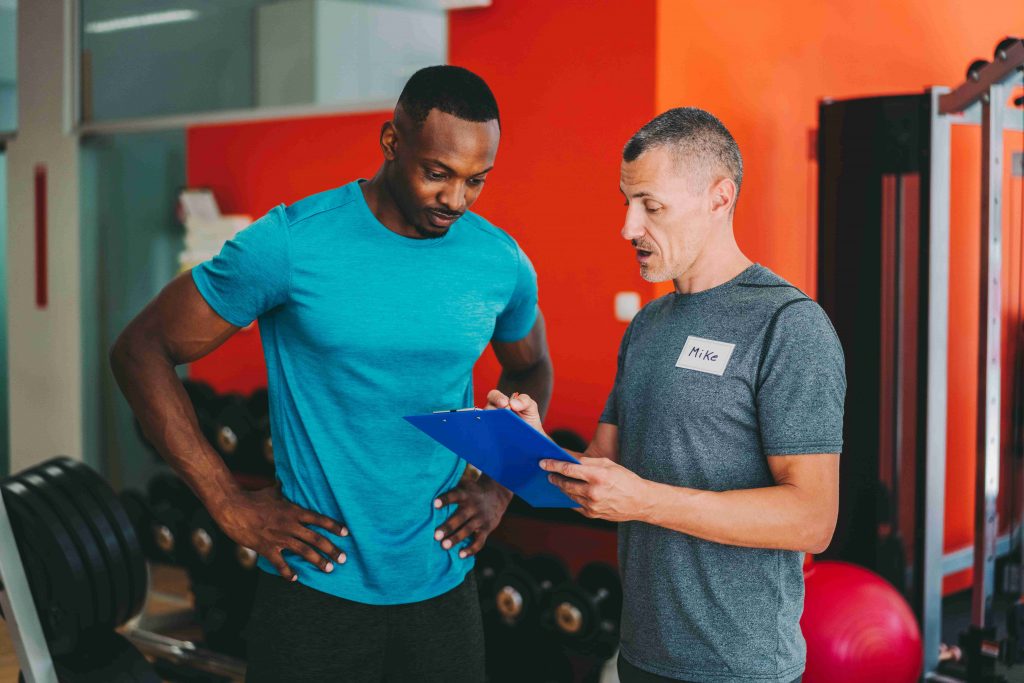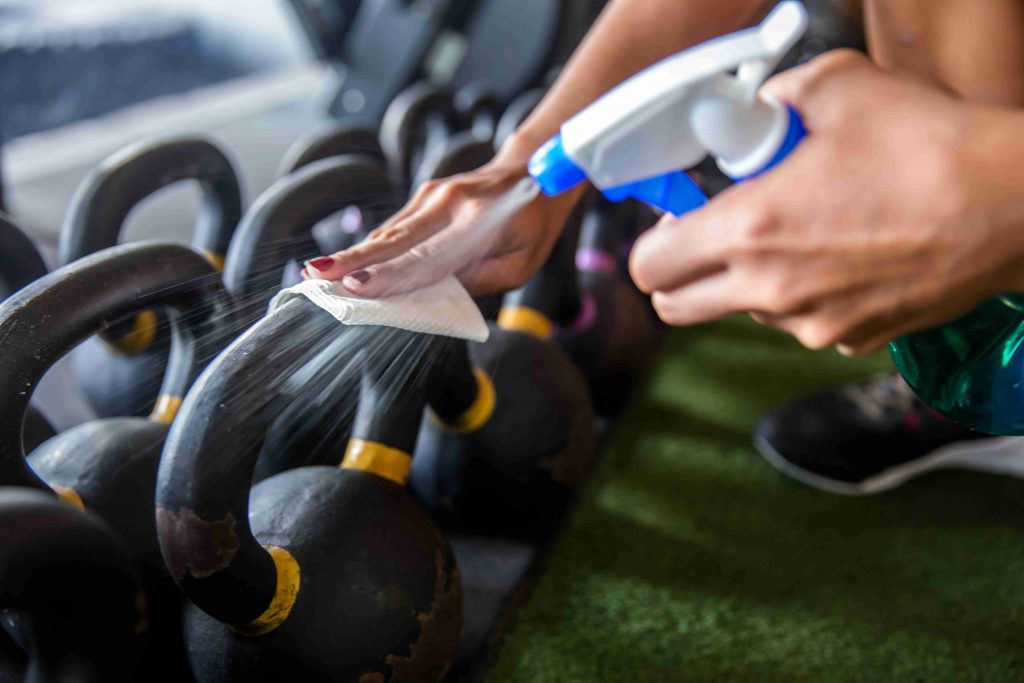7 gym health and safety tips

Owning and running a successful
gym or fitness studio takes a lot of hard work, time, and money. As part of the
effective running of your gym, gym health and safety should be at the forefront
of your mind to ensure you minimise the risk of an accident.
If an injury were to occur to one of your clients whilst using your gym equipment or following advice from one of your trainers, for example, you could be held liable for their injury. A recent incident at a gym in London resulted in a £250,000 claim being made against the gym after one of their machines collapsed whilst in use.
To help minimise the risk of an
accident or injury in your gym, we’ve put together 7 gym health and safety tips
to keep you, your staff, and your clients safe.
7 gym health and safety tips
Gyms are active environments
where people often use heavy equipment, so the health and safety of yourself,
your staff, and your clients should be a key priority.
Thankfully, you can take
several steps to ensure you’re doing your part to keep everyone safe and
concentrating on their fitness goals.
1. Make sure your employees have the right qualifications
This should go without saying,
but anyone you employ as a fitness instructor or personal trainer should have
the proper qualifications. Although it is not a legal requirement, you may be
unable to make a claim through your insurance if you employ unqualified
personnel.
For those you employ as a gym
instructor, they’ll need a Level 2
Certificate in Gym Instructing, and for those you employ as a personal trainer, they’ll need
the Level 3 Diploma in
Personal Training,
too. These qualifications should be awarded by a CIMSPA-approved
awarding body to be recognised as valid.
Ensuring your staff are fully
qualified to offer guidance will minimise the risk of an accident and give you the
added reassurance that you’re offering your clients the best service possible.

2.
Always have a first aider on site
All gyms are legally required
to have at least one first aider on site at any time. In addition to this, you
should carry out an assessment to ascertain the first aid needs of your
business. This includes looking at hazards, risks, and other relevant factors
to find out what equipment, facilities, and personnel you’ll need in order to
provide adequate first aid.
This leaflet from the HSE provides some helpful information as well as a checklist for assessing the first aid needs of your business.
PureGym, for example, has all of its staff first aid trained and provides a clear safety station at the entrance to all of its gyms. Of course, the best way to ensure you’re first aid compliant is to carry out your own assessment, as every business will be different.
Related: Do personal trainers need first aid training?
3.
Perform regular checks of your equipment
Regularly checking your gym
equipment and organising timely repairs and replacements is vital to ensure the
safety of your clients. Not only that, but it’s also important to make sure all
equipment is kept clean for clients to use to avoid spreading illnesses or
infections.
It’s also worth keeping a
document to record when each piece of equipment was last serviced, and you can
even make your own maintenance checklist for yourself and staff to use to keep
track of what’s been checked or cleaned and when.
Related: Gym equipment maintenance – What you need to know

4.
Remind clients to drink water, warm-up, and wear
the right clothing
One simple thing you can do to improve your clients safety is to encourage them to drink enough water, warm-up and cool-down properly, and wear the right clothing for a work-out.
Providing your clients access
to clean drinking water is a must whilst they’re exercising, whether that’s
through water fountains or bottled water offered on site, for example. Keeping
your customers hydrated will help stop them from becoming dehydrated or
overheating, and therefore possibly increasing their chances of further injury.
Advising your clients on how to warm up and cool down effectively before and after a gym session can also help lower the likelihood of them sustaining an injury. Together with advising your clients on the importance of wearing appropriate gym wear to avoid accidents, all of the above can help keep your clients safe whilst using your gym.
5.
Offer onboarding sessions to all new joiners on
safely using the equipment
Many gyms will offer an onboarding session to any client that’s new to their gym to help show them how to use the equipment and offer their advice if they have any questions. This time can be invaluable in ensuring the safety of the client you’re onboarding as research has shown that 30% of those new to a gym are likely to suffer an injury in their first month.
It’s not just new starters either—more than 1 in 10 gym injuries occur because of a misuse of equipment. This is why it’s really important to ensure that new gym members are onboarded correctly, and help is always on hand if they have any questions about how to use the equipment.
You could also put up signs
with instructions on each piece of equipment, in case they need a refresh on
how to use the equipment correctly.
The onboarding process also
gives you or your staff a chance to find out if they have any past or recurring
injuries that could be exacerbated by using certain pieces of equipment, so you
can provide guidance on how to look after their health.
Related:

6.
Carry out risk assessments
As a business, you are legally required to carry out risk assessments to ensure the safety of those you employ and your customers. Carrying out a risk assessment involves identifying any hazards, judging how likely they are and how seriously they could cause harm, and lastly, taking steps to either eliminate or mitigate the hazard.
For example, if you have
wires lying across the floor to connect your various work-out machines to a
power source, you may give this hazard a medium risk rating, and eliminate it
straight away by installing cable protector covers.
The HSE website offers templates and examples of risk assessments if you aren’t sure where to start. As a general rule, risk assessments should be reviewed annually at a minimum, and it’s good practice to review your risk assessment each time your gym experiences a change such as buying new equipment or having a renovation.

7. Consider getting specialist gym insurance through Insure4Sport
As a business owner that
employs staff, you are legally required to have employers’ liability insurance
with cover for a minimum of £5m. Insuring your gym through Insure4Sport can
also help provide you with financial protection and peace of mind should you
need to make a claim.
Specialist gym insurance
through Insure4Sport includes cover for your building, its contents, and your
equipment as well as employers’ liability and public liability cover in case
the worst should happen.
Find out more about specialist gym insurance through Insure4Sport or get a quick online quote today.
Whilst reading our health and safety tips is a great place to start, you should always ensure you’ve researched your health and safety responsibilities as a business in accordance with the law on the Government’s Health and Safety at Work page to ensure you’re fully informed.






